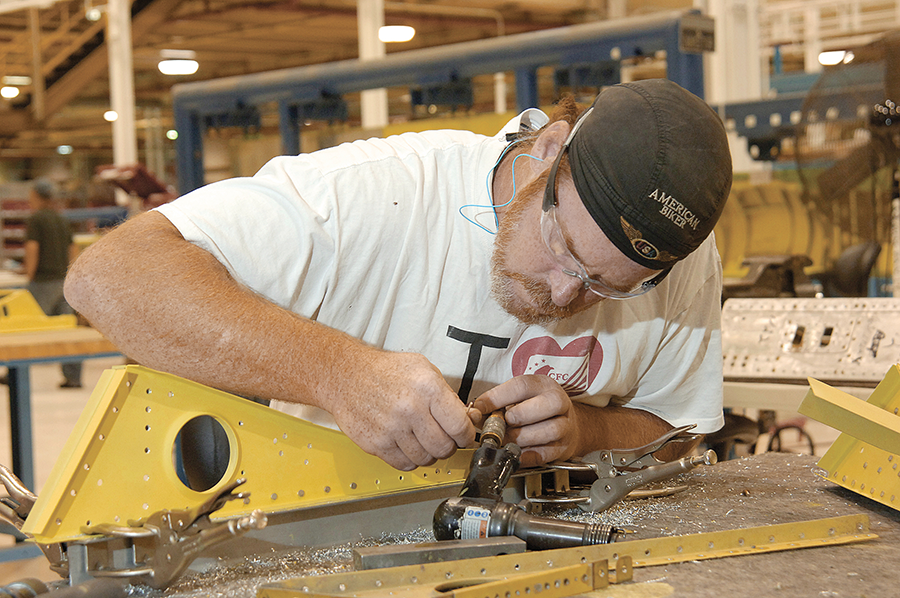Every 15 seconds, 151 workers have a work-related accident, according to the International Labor Organization. Each year, 317 million workers have non-fatal occupational accidents worldwide. Even more concerning, 321,000 people die each year from workplace accidents. Despite safety regulations and procedures, work-related accidents remain a huge, cross-industry problem.
However, there is good news. Advances in IoT technology is increasing the number of connected workers. A connected worker is inherently safer because they’re more aware of their environment. Using wearable and embedded sensors, workers can be tracked to prevent injury from falls, heavy machinery or overexertion, reports the IBM blog.
There are companies that are utilizing wearable technology and Artificial Intelligence to prevent worker injury, thereby create more productive workers. US Automaker Ford recently unveiled exoskeleton vests to its employees worldwide to help lessen worker fatigue and injury.
IBM is helping North Star Bluescope Steel, a steel producer for global building and construction industries to develop a cognitive platform to help employees stay safer at workplaces. The system taps into IBM Watson IoT for wearable safety technology. The technology, which is part of IBM Employee Wellness and Safety Solution, gathers and analyzes data collected from sensors embedded in helmets and wristbands, to alert employees and their managers in real-time.
“Connected Worker” solution, developed by Honeywell and Intel, includes a range of wearable sensors that monitor information such as breathing, toxic gas exposer, heart rate, posture and motion. The device is intended to be used inside factories as well as during search and rescue, firefighting and other first responder situations.

Data is collected through a Mobile Hub system. It then compiles the collected data to produce a more accurate picture of what the employee is experiencing.
The data are collected through a variety of components such as, a heart rate monitor, a self-contained breathing apparatus (SCBA), activity detection device, a toxic gas monitor and a non-verbal gesture device.
The data can also be used to anticipate or prevent potential equipment failure that may create unsafe conditions for employees.
Read more What Is Assisted Reality and How Does It Relate to Augmented Reality?
“This collaboration between Honeywell and Intel showcases how we are connecting industrial workers to the digital world and creating safer work environments,” said Carl Johnson, president of Honeywell Industrial Safety.
Aside from providing safety, wearable devices could produce more productive workers, because a safe worker is a productive worker. By monitoring for worker safety, wearable devices can help implement measures that may lead to less fatigue, less time spent on unnecessary work, less fatigue, and more time spent on important work.












